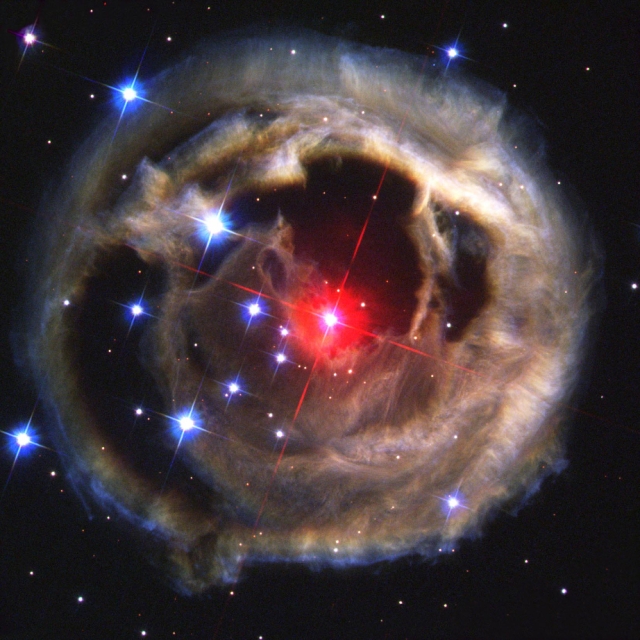Every time some scary news concerning nuclear power plants hit the media, some so-called experts are readily willing to give statements about the probability of the event in question to occur. These kind of statements are utter nonsense, and not only for the fact that the numbers given highly depend on the experts personal stance on the use of nuclear energy. They are nonsense because probability theory and its interpretation tell us so.
First of all, we have to be clear about the fact that probability theory is a mathematical theory and, as such, is formulated axiomatically. The axioms of a mathematical theory can be chosen freely but should not be chosen without reason, at least if you are going for a theory that has some real-world applications. In the case of probability theory, there clearly are many applications, and the fact that those do produce good results serves as an indicator that the axioms in question have been chosen wisely.
Now, axioms define the formal structure of a theory, but they don’t give the correct interpretation of the formalism. In the case of probability theory, there are two possible interpretations I’d like to mention here: (1) the frequency interpretation and (2) the propensity interpretation of probability. Both are objectivist interpretations but – in my opinion – only one of them is a realist one.
Take the simple example of a two-sided coin that is tossed. There are two possible outcomes for each toss: either the coin shows heads or it shows tails. With the assumption that there can’t be a toss where none of the specified outcomes occurs and that there can’t be a toss where both outcomes occur at the same time, the probability of the coin showing heads or tails sums up to 1. If it is a fair coin, each outcome receives an equal share of the sum over the probabilities of all possible outcomes: P(heads)=0.5; P(tails)=0.5.
Those are calculated probabilities. They depend on the assumptions that (a) all the circumstances are known and controllable, that (b) the coin is perfectly fair, and that (c) it can be tossed an infinite number o times.
Let’s assume that somehow we managed to realize (a) and (b). Even then, the outcome of an experiment with, say, 10 tosses, could be this: {heads, tails, tails, heads, tails, tails, tails, heads, tails, tails}. So we got heads 3 out of 10 times and tails 7 out of 10 times. From our assumptions and calculations we know that P(heads)=P(tails)=5/10. So why do we see a discrepancy between our experiment and the values we calculated? That is because the frequentist interpretation requires an experiment to be repeated many times in order to deliver the correct probability values in terms of relative frequencies of events. And this is quite reasonable. Think of the case where a coin is tossed only once. It will show either heads or tails, so whatever it shows, without the requirement of the experiment being repeated many times, we should be inclined to say that this event had the probability of 1 because its relative frequency is 1 occurrence out of 1 trial, and 1/1=1.
But instead of taking this value as the real probability, we’d insist on the objectivity of our calculations, stating that the experiment has to be repeated many, in fact: an infinite number of times in order to deliver the correct values. In other words: because the frequentist interpretation identifies probabilities with relative frequencies, it really requires the limit of the relative frequency of an event in order to be able to talk about objective probability values. It doesn’t account for the probability of events occurring in situations that are not repeatable very often, and that’s why I don’t think of it as a realist interpretation of probability.
The propensity interpretation (2) tries to circumvent this problem. It regards probabilities to be physical tendencies (or propensities) of events to happen in specific situations. For example, the coin has some tendency to show heads or tails under specific circumstances, even though we toss it only once. So, the probability of an event is not identified with its relative frequency. It is regarded as real no matter how often we try.
However, if we want to assign some objective, numbered value to this probability, we still have to do an experiment with many repetitions in order to acquire a valid basis for our inference of that value. Even though probabilities of non-repeatable events are real, we don’t know them upfront. Here, the connection between the frequency interpretation and the propensity interpretation can be seen clearly. The latter is a generalization of the former in the sense that it not only makes use of the law of large numbers, but also explains why it holds: because of the physical propensity of events to occur in specific situations.
Back to nuclear accidents. Dealing with this kind of events, we can be absolutely sure about them having real probabilities to occur under specific circumstances. What we can not be sure about is the values those probabilities take, because we don’t have a valid basis of inference. Neither are the circumstances known and controllable, nor are the necessary experiments repeatable. Therefore, any statement that gives a concrete value for the probability of an event like the catastrophe in Chernobyl, for example, is rubbish. At best, it is some kind of guesswork based on nothing but individual hopes and fears. In most cases, it is nothing but a ridiculous attempt to try and create the impression of being scientifically sound by using numbers and mathematical formula in order to argue for or against the use of nuclear energy.
[PS: I’m not used to write in English, but since I plan to study abroad, I have to train that skill. Corrections and comments are very welcome.]
Gefällt mir Wird geladen …





